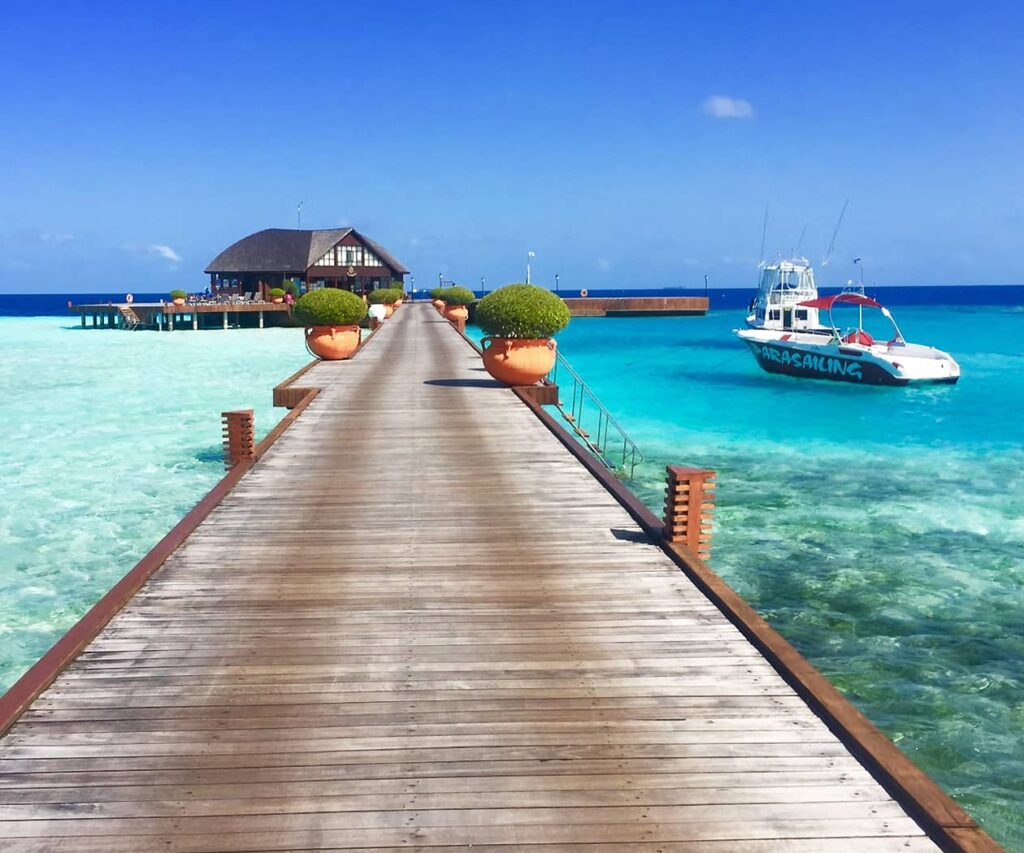
Discover Weed in Arequipa: A Human-Readable Guide
Arequipa, known as the “White City” of Peru, is famous for its stunning colonial architecture, volcanic backdrop, and vibrant cultural scene. Nestled in the southern part of the country, this city attracts travelers for its historical sites, lively markets, and culinary delights. But for some visitors and residents, curiosity about cannabis also arises. What does it mean to discover weed in Arequipa, and what should one know before exploring this underground world?
This article provides a human-readable guide to cannabis in Arequipa, covering laws, culture, availability, risks, and alternatives.

1. Cannabis Laws in Arequipa
Understanding the law is the first step. In Peru:
- Possession for personal use: Small amounts (up to 8 grams) are decriminalized, meaning you won’t face prison, but you may be fined or warned.
- Consumption: Smoking in public spaces is generally frowned upon and can attract police attention.
- Sale and trafficking: Selling or distributing cannabis is illegal and heavily punished.
- Medical cannabis: Legal in Peru with prescription, but only in regulated products.
Arequipa police monitor public areas like plazas, parks, and nightlife zones. While personal use is tolerated within limits, enforcement can vary. Foreigners should be particularly cautious.
2. Cannabis Culture in Arequipa
Arequipa has a growing cannabis culture, mainly among students, young professionals, and some artistic communities:
- Students and youth: University students often experiment with cannabis in private settings.
- Nightlife: Cannabis sometimes appears in underground nightlife circles or private parties.
- Cultural openness: Compared to rural areas, urban neighborhoods like Yanahuara or Cayma show more tolerance among younger generations.
- Public perception: Many locals still view cannabis negatively, especially older adults and conservative families.
Overall, cannabis use is discreet and mostly social.
3. How Cannabis Circulates in Arequipa
Unlike countries with dispensaries, weed in Arequipa moves through informal networks:
- Word of mouth: Most users access cannabis through friends or acquaintances.
- Private gatherings: Parties, student housing, and creative circles sometimes host cannabis consumption.
- Urban supply chains: Small-scale distribution occurs in certain neighborhoods but is kept discreet.
- Tourist hotspots: While more accessible in hostels or social spaces, public offers are rare and risky.
For tourists, acquiring cannabis is possible but should be approached cautiously.
4. Types of Cannabis in Arequipa
Cannabis in Arequipa comes in several forms:
- Dried buds: Local and imported, often low to medium quality.
- Hashish and concentrates: Rare, found only in private circles.
- Medical products: Regulated oils and capsules require a prescription.
Quality is unpredictable in the informal market, and contamination is a risk.
5. How People Consume Cannabis
In Arequipa, cannabis is mostly consumed privately and discreetly:
- Hand-rolled joints: Often the most accessible method.
- Vaporizers or small pipes: Popular among students or health-conscious users.
- Edibles: Limited availability, mostly homemade in private circles.
Smoking in public is rare, as it draws attention from authorities and passersby.
6. Risks of Using Cannabis in Arequipa
Even with decriminalization, cannabis comes with risks in Arequipa:
- Legal consequences: Exceeding the legal personal-use limit can lead to arrest.
- Public use: Smoking in public may cause fines or warnings.
- Scams: Tourist-targeted offers may involve low-quality cannabis or extortion attempts.
- Health risks: Informal products may be contaminated or poorly cured.
- Social stigma: Being seen using cannabis can damage relationships or reputation.
Tourists should be especially cautious, as police may view foreigners differently.
7. Safe Alternatives in Arequipa
Arequipa is a city full of attractions that provide safe ways to relax and enjoy life:
- Historic center: Explore Plaza de Armas, Santa Catalina Monastery, and Baroque churches.
- Colca Canyon: Witness the majestic Andean condors and enjoy scenic hikes.
- Markets and food: Try rocoto relleno, chupe de camarones, and local cheeses.
- Nightlife: Bars and cafes provide entertainment without cannabis.
- Cultural events: Festivals, music, and art exhibitions offer immersive experiences.
These activities allow visitors to enjoy Arequipa fully without legal risk.
8. Tips for Tourists and Residents
If you are curious about cannabis in Arequipa, keep these in mind:
- Stay within legal limits: Avoid carrying more than 8 grams to stay within personal-use decriminalization.
- Avoid public use: Consume discreetly to avoid fines or police warnings.
- Trust personal networks: Cannabis is safest when obtained through friends or trusted contacts.
- Avoid street dealers targeting tourists: Many scams exist.
- Focus on legal enjoyment: Explore the city’s culture, food, and nature.
By following these guidelines, you minimize risk while still enjoying Arequipa.
9. The Future of Cannabis in Peru
Cannabis legislation in Peru is evolving:
- Medical cannabis expansion: More products are becoming available legally with prescription.
- Public opinion: Younger generations show more tolerance for recreational use.
- Urban trends: Cities like Lima and Arequipa have more open discussion about cannabis, but rural areas remain conservative.
- Regional influence: Changes in neighboring countries may encourage gradual reform.
Arequipa may see a more visible cannabis culture in the coming years, especially among youth and creative communities.
10. Final Thoughts
Discovering weed in Arequipa is possible but should be approached with caution. While Peru decriminalizes small amounts, public use, over-possession, and buying from unreliable sources remain risky.
Instead of focusing solely on cannabis, Arequipa offers a rich blend of culture, history, adventure, and gastronomy. From exploring colonial streets to hiking Andean canyons, the city’s true charm lies in its heritage and natural beauty.
Bottom line: If you’re in Arequipa, it’s safer and more rewarding to enjoy the city’s vibrant culture, delicious food, and spectacular landscapes rather than risking legal or personal issues with cannabis.

If you want, I can also make similar guides for Lima and Cusco to cover Peru’s major cannabis-accessible cities. Do you want me to do that next?

Just love this dude Explorer. Keep up with the good work. Excellent customer service. He goes above and beyond to make sure the order is right, help and support if anything goes wrong.
It was hard to find a reliable plug but finally Explorer showed up and gained my trust. Definitely he is the way out and hands down the best.@ https://t.me/explorerbud
I have been ordering from EXPLORER you can email him Explorerbud1@gmail.com over a year now and every single experience has been five stars.
Quality customer service combined with an incredible selection of nothing but Top shelf strains. The weed is amazing from the taste, looks and smell.
Give these guy a try and see for yourself why he is the best👌
i was scared when he told me that he doesnt accept cash because i thought he is one of those idiots who took advantages of people but i decided to give him a try by making the payment first using bitcoin , surprisingly he arrived within the time he promised me and i received what i ordered. thank you EXPLORER whenever i return here you will always be my plug without doubt.
I contacted EXPLORER on his telegram and due to security reasons he requested crypto payments or GIFTCARD which i paid using bitcoin
about 30minutes later my dope was dropped at my requested location
great guy!!!
i highly recommend
EXPLORER is the one Super responsive, on time and the weed is absolute fire. The strains are seriously on point.
Best service Ive found by far, won’t be using anything else unless I find a reason too, I paid using bitcoin and he delivered thanks Explorerbud1@gmail.com
If you are getting from elsewhere then you need to switch. The great pricing attracted me, but the hospitality of EXPLORER, the quality of weed ( dried and completely cured nugs), the fast delivery and the freebies made this experience amazing.
Will definitely come back for sure and I will be a long time customer thanks EXPLORER
I was here for a long time and after so many failed attempts at getting WEED, the valet at my hotel introduced me to EXPLORER. He sells the best quality WEED around here . You can reach him on telegram very fast https://t.me/explorerbud and he will get you the best quality without any hassle . Thanks to him , we are having the time of our lives here.
Get some good THC weed from EXPLORER and thank me later.
Everytime I order, I get excited not only for his TOP NOTCH PRODUCTS, but his amazing customer service.
From the time I start my text, to when my weed arrives, Explorer makes every encounter fast, friendly and SO AFFORDABLE. He works with you to get what you need.
Thank you Explorer for been so good to me everytime.